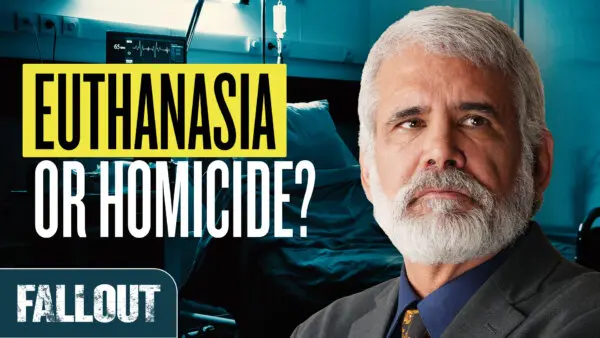You are here
Fallout with Robert Malone (2024.03.01) Euthanasia or Homicide?
Primary tabs
| Size | Seeds | Peers | Completed |
|---|---|---|---|
| 76.35 MiB | 12 | 0 | 78 |
| File | Duration | Resolution | Video Format | Audio Format |
|---|---|---|---|---|
| FalloutWithRobertMalone.20240301.EuthanasiaOrHomicide.x265.mkv | 25m53s | 1280x720 | HEVC | AAC |

Robert Malone on Assisted Suicide: What Happens When the Government Has a Financial Incentive in Your Death?
Since medically assisted suicide was first legalized in Canada in 2016, it has become the sixth leading cause of death in Canada as of 2022.
At first, it was restricted to people suffering from serious illnesses or disabilities and whose natural deaths were “reasonably foreseeable.” But in 2021, Canada lifted the requirement of a “reasonably foreseeable” death.
In 2022, medical assistance in dying (MAiD) constituted 4.1 percent of all deaths in Canada.
The obvious elephant in the room is the government’s conflicts of interest.
For example, if people with long-term illnesses or disabilities or mental health diagnoses who are financially dependent on the government choose to receive MAiD, it could alleviate a massive financial burden on the government.
Is that why we’re hearing a push for minors with terminal illnesses or disabilities to also have access to MAiD?
Here in America, 10 states allow for medically assisted suicide, and 18 states are considering similar proposals.
Where is all of this headed?
- Log in to post comments
